
Encourage your students to creatively explore character building through practicing the 8 Efforts of Laban!
- Subject:
- Dance
- Fine Arts
- Physical Education
- Theater
- Material Type:
- Activity/Lab
- Interactive
- Author:
- Lorin Mello
- Date Added:
- 07/27/2022

Encourage your students to creatively explore character building through practicing the 8 Efforts of Laban!
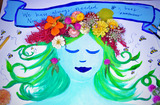
Learn about visual and performing artists. They often use their creativity to raise their voices and share lessons, stories, and important ideas with the world. In this episode of The Creative Corner, two artists from Richmond, Virginia help us explore how art sparks crucial conversations. Public artist Hamilton Glass shares how (and why) he gathered a group of artists to paint murals with a message all across the city after some challenging current events, and musician Victor Haskins talks about storytelling as human nature — and why sound and performance tell stories so well. Then you’re invited to share your own voice through a poster project!
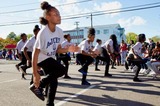
Get moving in The Creative Corner with a seriously silly drawing challenge, a visit with the Anna Julia Cooper Episcopal School step team, and a great big outdoor adventure art project. Learn to create blind-contour drawings and land art installations.
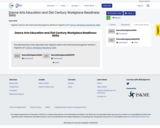
Virginia’s dance arts instructional programs reinforce Virginia’s 22 Workplace Readiness Skills These skills are organized around three core areas that promote opportunities and reinforce student understanding of Virginia’s workplace readiness skills: Personal qualities and abilities, interpersonal skills, and professional competencies.
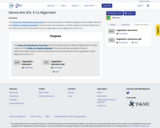
The Dance Arts Standards of Learning (SOL) are intentionally and directly aligned with the skills outlined in the Profile of a Virginia Graduate. This document demonstrates conatins statements taken directly from the 2020 Dance Arts SOL document and re-organized to show alignment to the “5 Cs”.
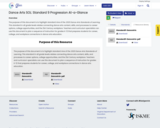
The purpose of this document is to highlight standard nine of the 2020 Dance Arts Standards of Learning. This standard in all grade levels relates connecting dance arts content, skills, and processes to career options, college opportunities, and the 21st Century workplace. Teachers and curriculum specialists can use this document to plan a sequence of instruction for grades K-12 that prepares students for career, college, and workplace connections in dance arts education.

The purpose of this resource is to support school and division administrators in observations and coaching conversations for dance arts teachers in Virginia public schools. The strategies listed support effective instruction connected to skills and concepts of the 2020 Dance Arts Standards of Learning.
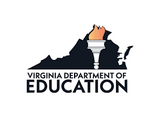
Collaborate with a dance class of the same age group from another country or location through video conferencing media.
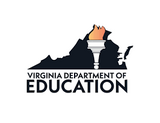
After learning about various famous dancers and their contributions to dance history, students select one famous dancer to research more and create a multimedia presentation about their dancer.
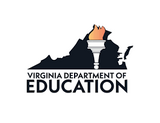
Students design, create, and publish dance marketing content such as a video advertisement, email marketing content, and/or community outreach content (a flyer, poster, or QR code) to promote their dance program or a dance performance.
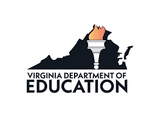
After learning about the elements of dance, various dance styles, dance technique, or a dance step, students plan and create their own dance video tutorial.
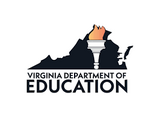
Introduce students to the Fibonacci Series, also known as the Golden Ratio, a phenomenon in nature that has fascinated mathematicians, scientists, designers, and artists. Students will be invited to apply it to creating choreography. In the sequence, each number is the sum of the two numbers that precede it so that it begins 0, 1, 1, 2, 3, 5, 8, 13, 21, 34, 55, and so on forever.
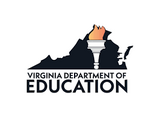
Students can use the water cycle (Science SOL 3.9) as inspiration for choreography.
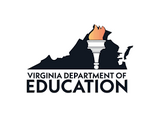
Participate in a local, state-wide, national, or worldwide dance event such as Dance for Kindness or National Dance Day. Students will learn the choreography and create videos of the performance. If possible, the teacher can connect with other dance groups who are also participating in the dance event and set up a video conference so that students can form deeper connections. For example, a dance teacher in Virginia can connect their students with a dance teacher’s class in Mexico. Students can also write letters to their peers around the world. Finally, the teacher, students, and other participants will submit their video submissions to the event coordinator so that they can make a worldwide dance montage.
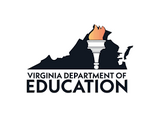
Use digital applications to allow students to explore bone and muscle anatomy in interactive, three-dimensional views.
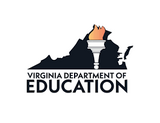
Students will collaboratively create a digital whiteboard that resembles a “detective wall” to investigate and make connections about a specific style of dance.
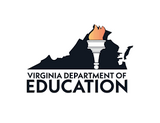
Fast forward to the year 2050. What will dance look like in the future?

Virtual performances of student work allow students to present to new audiences in new ways.
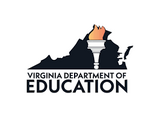
Dancers document performances and creative processes with video, photos, and reflections of learning, then create digital portfolios to store, organize, maintain, and share their work with appropriate audiences and for auditions.
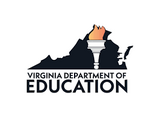
Students create a dance vlog (video blog or video log) about various dance topics either assigned by the teacher or chosen by students.